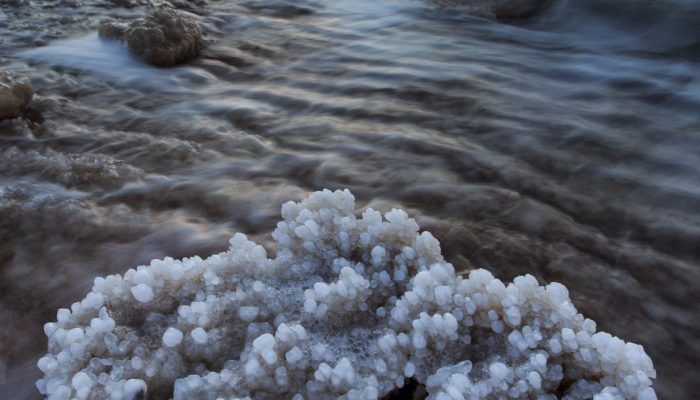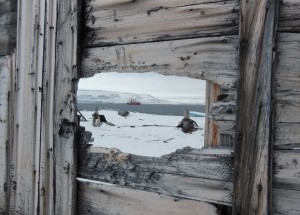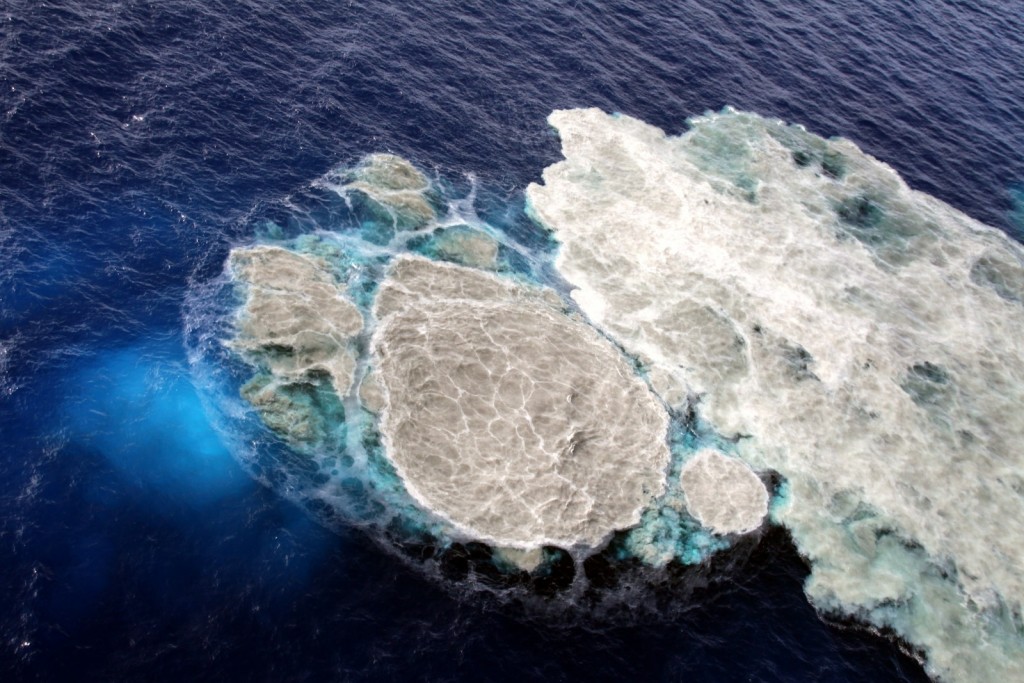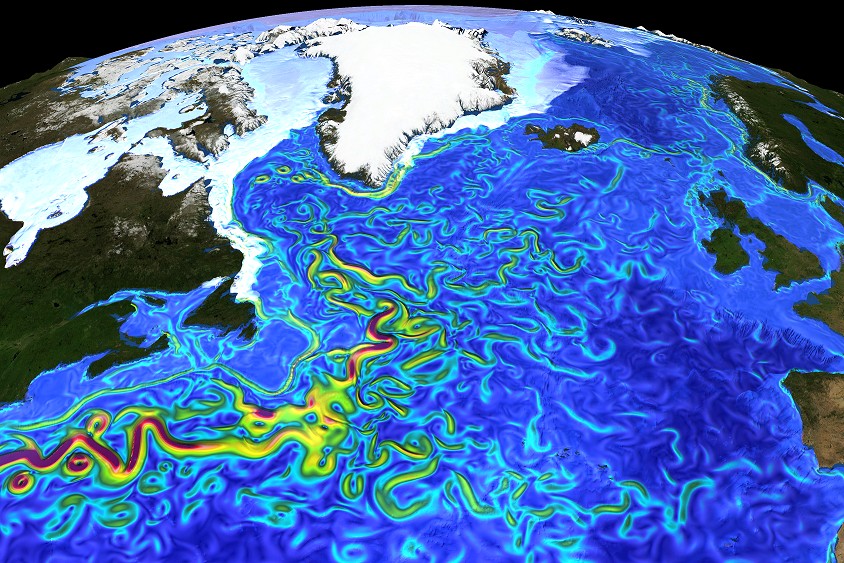The photo posted below is a really cool one. Interestingly, enough I have been getting into podcasts lately. They are great during my bus ride to and from work every day. One of the podcasts that I like is Neil de Grasse Tyson’s Star Talk Radio. Anyway, the other week Star Talk had a pretty good discussion about salt and the role it has played in developing human history. Check out the episode in two parts here. Arguably as one of the most important economic minerals of all time, although it may not seem so today.
That said, having read the book Sugar, Salt and Fat I would argue that salt retains its title as the most important of all economic minerals even to this very day! Anyone else have an opinion on this?
I digress though. The image below shows an incredible salt concretion on the shore of the hypersaline Dead Sea that has been formed by sea spray that has evaporated creating this magnifcent shape. Despite the title it is not actually coral.

Walking along the shoreline of the Dead Sea, you can find some magnificent objects, like this coral made of salt. Combine that with the beautiful scenery and amazing lighting at dawn and you get this amazing photo. Source – Salt Coral by Zachi Shtain




